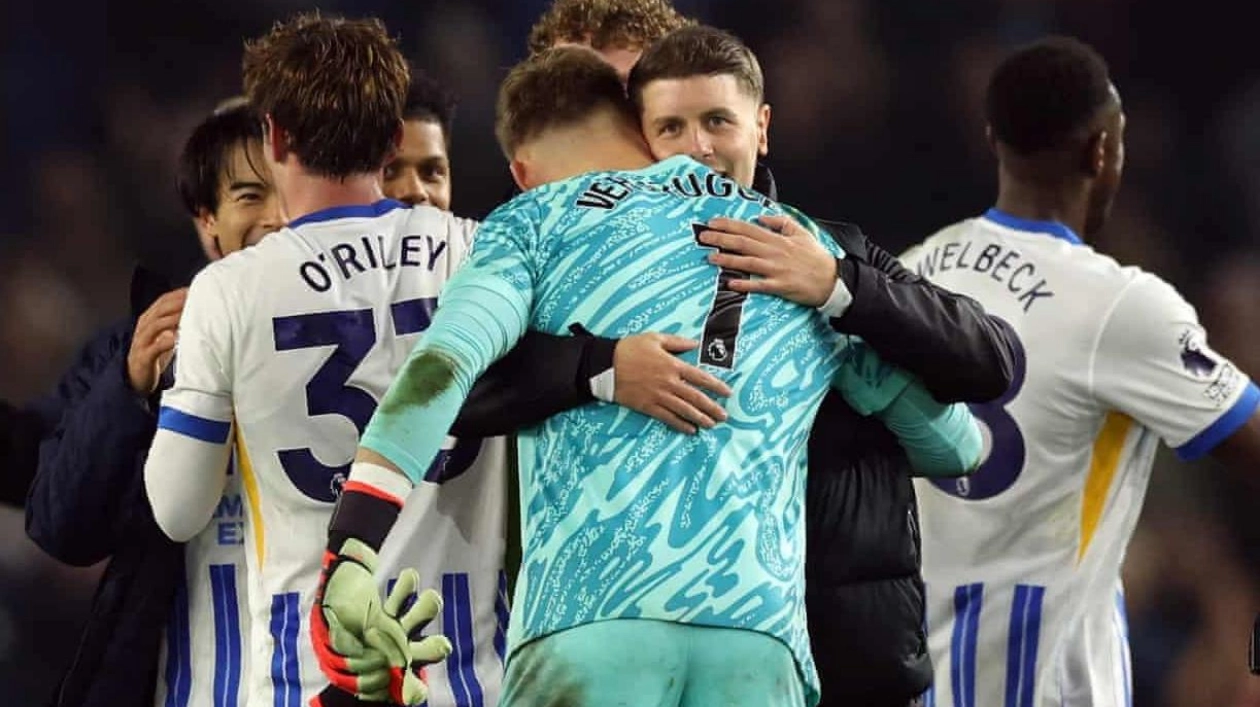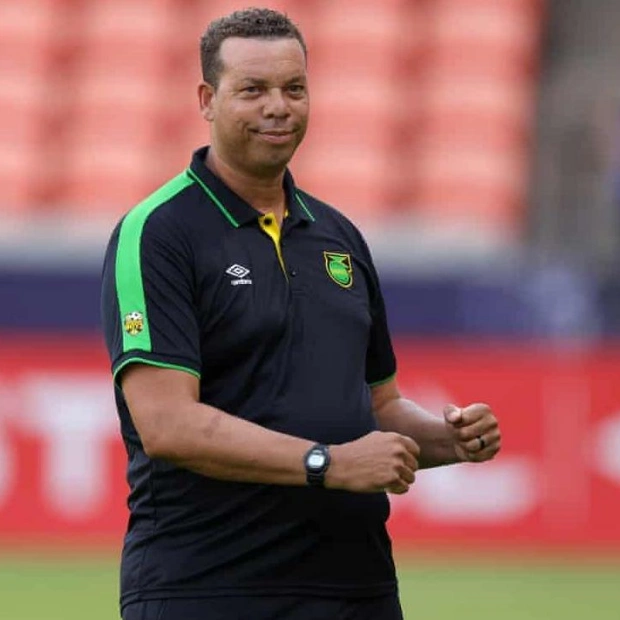Just three points separate the teams in third and 11th place in the Premier League as we enter the final international break of the year. Liverpool may be five points clear at the summit, but the race for the top four could be more intense than ever. Nottingham Forest's impressive start, after narrowly avoiding relegation last season, has rightly garnered attention, with Chelsea, Arsenal, and Brighton all on 19 points. The difference in goals scored among these four teams is just four.
Brighton's early season under Fabian Hürzeler has largely gone unnoticed. The 31-year-old was named the Premier League manager of the month for August, making him the youngest recipient of the award. However, it wasn't until their 2-1 victory over Manchester City that Brighton's campaign truly caught the spotlight. From the outset, Hürzeler faced significant pressure. Brighton's tendency to make unconventional managerial choices, such as hiring a manager not born during the Premier League's inception in 1992, was a bold move.
Hürzeler has handled the challenge with poise. He began with a five-match unbeaten streak and didn't suffer a loss until the end of September. Crucial to his success has been the board's support. The departures of Billy Gilmour and Pascal Gross could have been detrimental, but the board backed Hürzeler in the transfer market, bringing in six first-team players, including Mats Wieffer and Matt O’Riley. According to Transfermarkt, only Chelsea spent more than Brighton in Europe during the summer.
Hürzeler and his predecessor, Roberto De Zerbi, employ different tactical approaches, necessitating changes in personnel. Last season, Brighton's possession rate of 60.2% ranked fourth in the Premier League, but this has dropped to 53.4% this season. The average number of passes per game has also decreased from 619.7 to 479. De Zerbi often instructed his players, especially the center-backs, to hold the ball to draw pressure before breaking lines. This tactic became less effective as opponents adapted. Under Hürzeler, there is a greater emphasis on quicker transitions. Although defenders still rank high in passes per game, Lewis Dunk (97.3 to 79.6) and Jan Paul van Hecke (85.7 to 70.7) have seen their numbers drop.
With the ball moving forward more rapidly, Brighton aims to be more incisive. The number of attempted through-balls per game has increased from 1.6 last season to 2.4. Central midfielders often drop between the center-backs when full-backs push forward, creating overloads on the flanks. Once numerical superiority is established, Brighton looks to play vertically through the middle, exploiting key areas of the pitch. Despite the focus on wingers stretching play, 29% of Brighton's attacks come through the middle, the fourth-highest such return.
This high-energy approach has proven difficult for opponents to contain and is rooted in the German coaching philosophy. Hürzeler has cited Jürgen Klopp, Thomas Tuchel, and Julian Nagelsmann as significant influences. Brighton is not without flaws; their aggressive style often leaves defensive gaps that can be exploited. Among the top 10 teams, only Aston Villa (17) have conceded more goals than Brighton (15). Hürzeler must find the right balance to sustain Brighton's strong start. After a monotonous end to De Zerbi's tenure, Hürzeler has brought a refreshing change to the Amex.
Source link: https://www.theguardian.com






